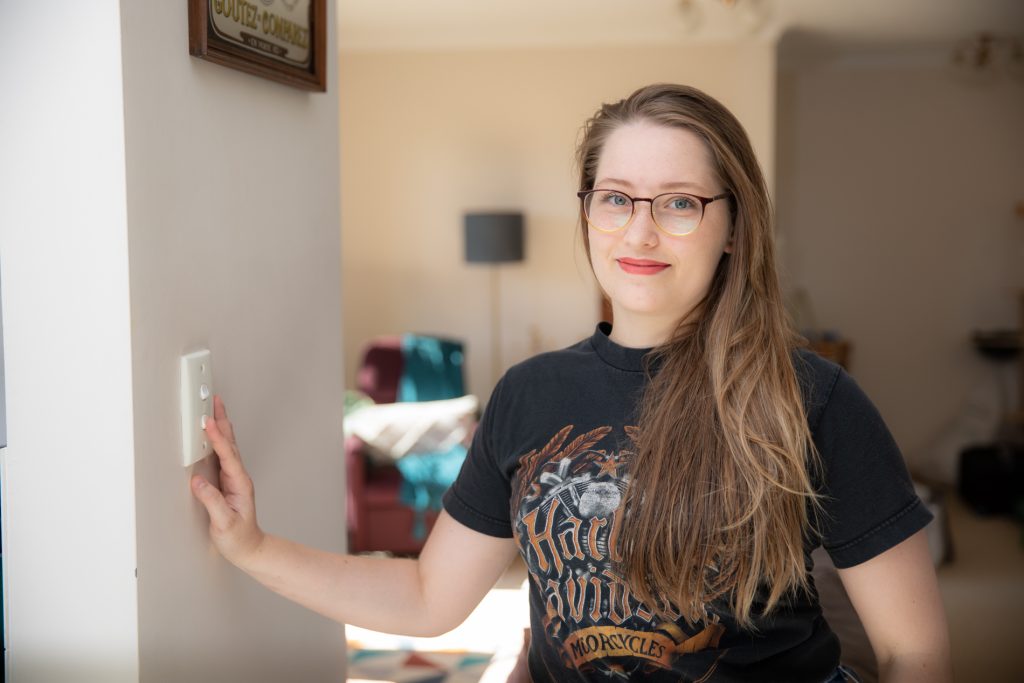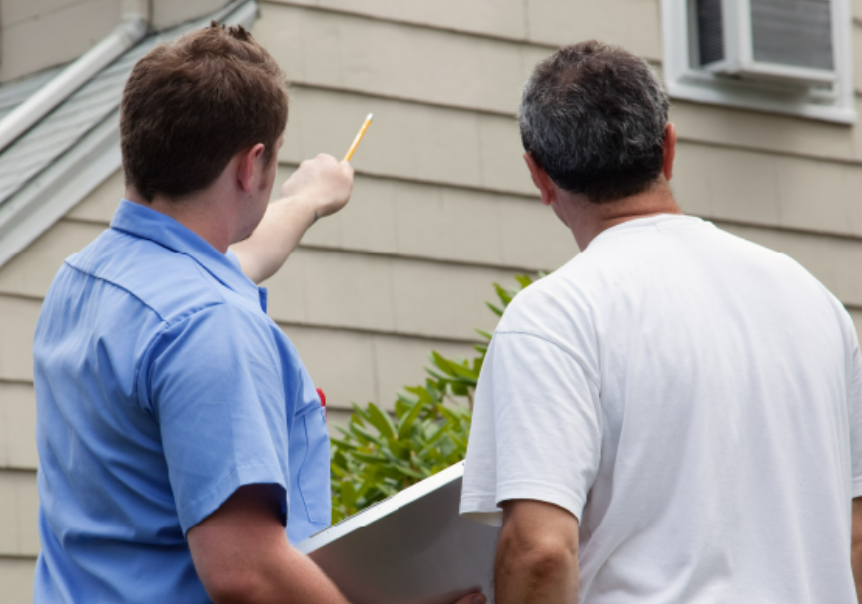The Shepherd household
The story of a Brisbane Carbon Challenge champion household.
Household:
SHAREHOUSE
Dwelling:
APARTMENT
Ownership:
RENT
Total emissions reduction: 56%
Original emissions:
4.9 tonnes
Transport: 1.6 tonnes
Energy: 3 tonnes
Waste: 0.3 tonnes
Reduced emissions:
2.2 tonnes
Transport: 1.3 tonnes
Energy: 0.8 tonnes
Waste: 0.1 tonnes
About the household
Alexandra Shepherd and her flatmate share a rented apartment in South Brisbane. Prior to taking the Brisbane Carbon Challenge, 60% of their household emissions came from home energy use, so looking for ways to reduce their energy footprint was a big focus for them.



“We benefited most by understanding new and different ways of being eco-conscious.”
Alexandra Shepherd
Successes
Ten out of tenant energy reductions
A common misconception is that being a renter limits your control over your carbon footprint. While it’s true that it may be harder to make changes when renting, like installing a solar power system or insulation, there are many other ways renters can reduce their household carbon emissions. Alexandra focussed on changes in the way she used energy at home and smart investments in removable fixtures and appliances that had big payoffs, particularly from reduced energy costs.
During the challenge, Alexandra draught-proofed the apartment to help keep warm in winter and cool in summer, air-dried clothes instead of using the dryer, replaced halogen light bulbs with smart LEDs, used fans instead of air conditioning, switched to a renewable energy (GreenPower) plan, installed a low-flow shower head and used smart sensors to switch off appliances at the wall when not in use. These actions were surprisingly cheap, easy to do and most importantly, worked – their household energy emissions reduced by 73% during the program! For anyone wanting to reduce their energy consumption and bills, Alexandra recommends looking into actions, such as draught-proofing:
‘Seal your home. This seems expensive but it cost about $30 to buy everything and now my home is cooler in summer… and warmer in winter.’
Putting the breaks on petrol prices
Alexandra also looked at low- and no-cost ways to lower her transport emissions. This included replacing some weekly car trips with active travel and switching to E10 fuel when possible. The biggest focus was changing the way she maintained and drove her car to become more fuel efficient. This is commonly referred to as ‘eco-driving’.
To help with eco-driving, Alexandra used an in-car monitoring device that connects to your car, phone and dashboard and lights up in different colours to give real-time feedback on your driving behaviour. Alexandra notes, ‘It is a simple device to use and to know if you are speeding, putting the gas too hard, or in the wrong gear.’
Reducing car use and learning to eco-drive helped Alexandra achieve her goals and lower her transport emissions while saving on costs:
‘My goal for this program was [to spend] $40 per month on petrol, based on normal day-to-day driving. I have accomplished this and more, just in some months… [This was the] most unexpected improvement to my daily actions and bills, which is particularly handy now that petrol prices are through the roof.’
Challenges
A housemate helping hand
Living in a share house where everyone has differing priorities and values can be a challenge for living a low-carbon life. Telling other people how to live more sustainably can feel uncomfortable and ‘preachy’ at times and may not always result in everyone being more sustainable. However, Alexandra was able to overcome this by focussing on changes in the household that would require little disruption to her housemate’s behaviour.
For example, Alexandra enjoyed reducing her energy consumption by mostly air-drying her clothes instead of using the dryer. She encouraged her housemate to also do the same but living in an apartment, they preferred to continue using the dryer. Still determined to make a difference, Alexandra decided that instead of forcing her housemate to change their behaviour, she would invest in an energy-efficient heat pump dryer that could be shared. Other examples include switching their lights to LED and installing a low-flow showerhead. This resulted in a sustained reduction in their energy consumption without having to do things differently.
Alexandra’s top tips:
‘1. Seal your home: this seems expensive but it cost me about $30 to buy [the window strips and door seals].
2. Lights: if you are on a budget upgrade to LED lights.
3. Compost: find the right method for you.‘
Alexandra’s low carbon action plan:
- purchased 100% renewable energy (GreenPower)
- upgraded clothes dryer to a more efficient model
- replaced vehicle use with active travel (walking)
- adopted eco-driving techniques
- air-dried clothes instead of using a clothes dryer
- used small appliances instead of the oven
- used fans instead of the air conditioner
- adjusted set point on the air conditioner to 24 degrees in summer
- installed draught-sealing on windows and doors
- upgraded lights to LED
- switched off appliances at the wall when not in use
- installed a low-flow shower head
- reduced food waste
- composted food waste.




